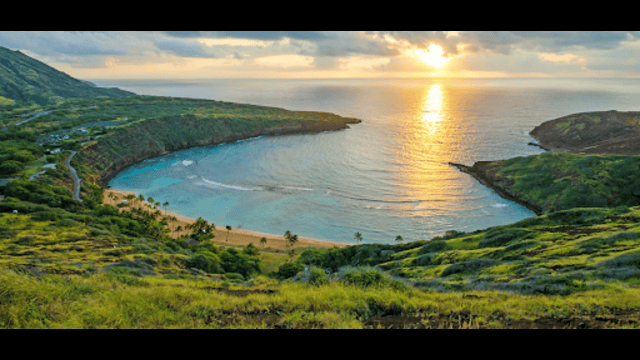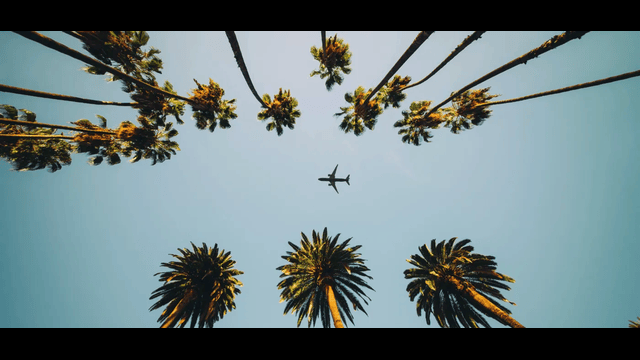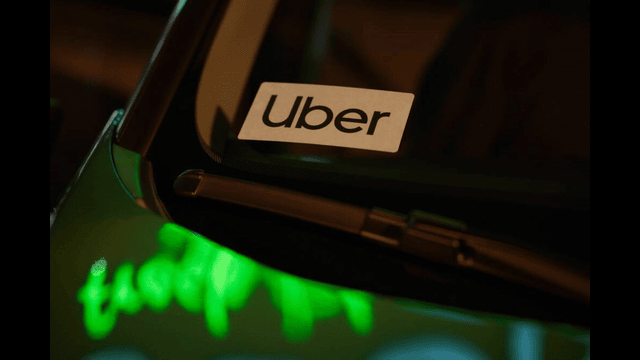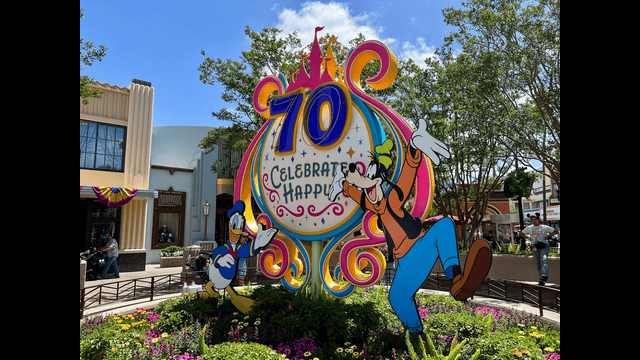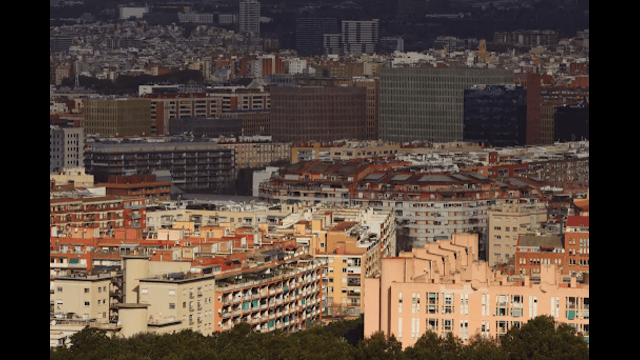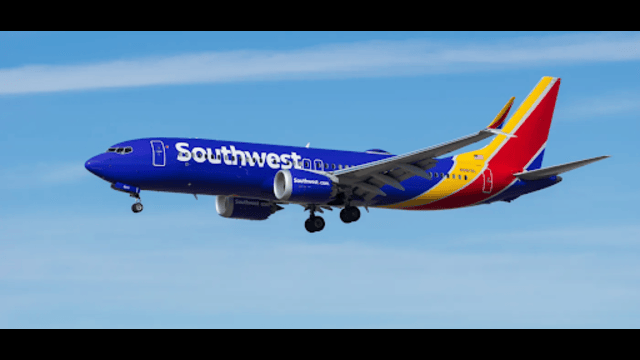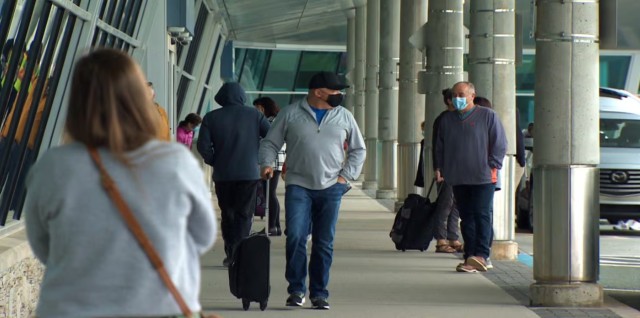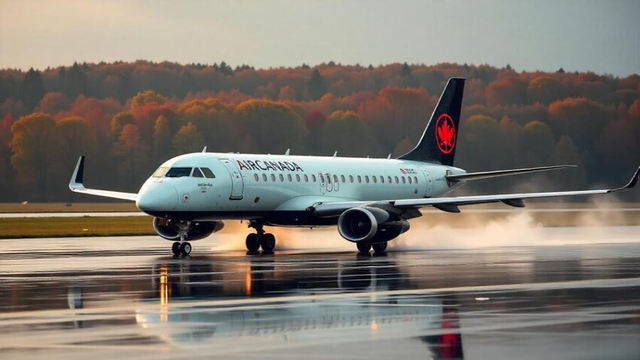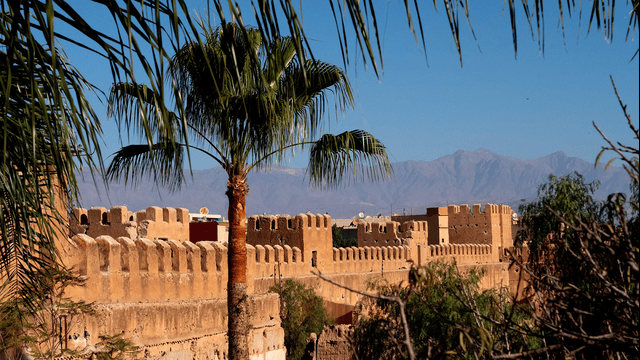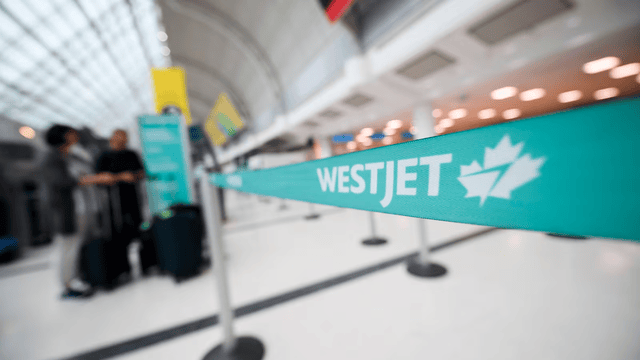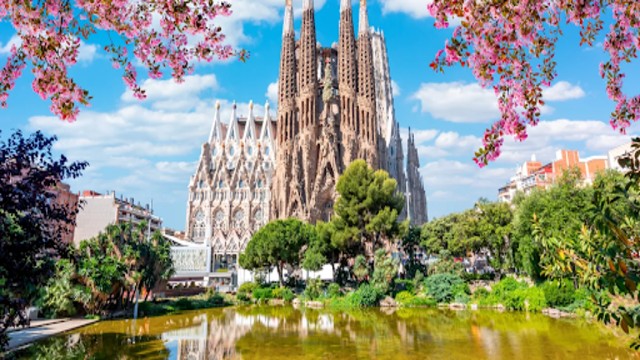
The Sagrada Familia church in Barcelona, Spain. Travel Pulse
Barcelona is taking action to address growing frustration from locals due to overcrowding at the Sagrada Familia basilica. The city’s officials have announced plans to create a designated “selfie zone” in front of the iconic church. This area is intended to reduce the heavy foot traffic around the basilica and give local residents more space, which is often crowded by tourists trying to take the perfect photo.
The new “selfie” area will be a 6,200-square-meter plaza, situated between the Nativity façade of the basilica and Plaça Gaudí, along Carrer de la Marina. Tourists will now have a dedicated space where they can take photos and gather without blocking the streets or sidewalks. This project aims to strike a balance between allowing tourists to enjoy the site and preserving the quality of life for locals. According to the Barcelona City Council, this is part of an effort to “reconcile uses between visitors to the temple and the neighborhood.”
The Sagrada Familia attracts over 4.7 million visitors each year, making it the second most-visited site in Spain. With approximately 16,000 visitors each day, the basilica sees large crowds, yet only 20% of tourists enter the church itself. Most people linger outside for photos, which leads to crowded sidewalks and traffic bottlenecks, creating friction between tourists and local residents.
City officials have acknowledged that the growing number of tourists has caused problems. They noted that, when locals are added to the mix, issues like safety, noise, and overcrowding occur, along with difficulties in maintaining cleanliness and enforcing rules. The creation of a selfie plaza is part of a broader effort to solve these problems.
This plan is part of a €2.7 million project called the “Action Plan for the High-Traffic Area of the Sagrada Familia.” The entire plan, with a total investment of €15.5 million, aims to improve the area’s infrastructure and visitor management. The city plans to manage the large crowds while also providing space for residents and local community organizations.
The selfie plaza will offer visitors a designated spot to take pictures without blocking businesses or pedestrians. Once completed, tourists will be able to snap photos without obstructing the area around the basilica, allowing locals to enjoy their surroundings without disruption.
Construction is set to begin after the summer, with plans to complete the project by April 2026, marking the 100th anniversary of Antoni Gaudí’s death. This move comes after a troubling incident last year, where a TikTok trend involving tourists filming themselves at metro stations caused disruption and overcrowding. The city responded by banning this activity to prevent further issues.
In addition to this project, Barcelona has been working on controlling the impacts of overtourism. With 32 million visitors annually, the city has implemented various strategies, including a €44 million plan to regulate crowds at popular tourist spots. Furthermore, the city has introduced a new slogan, “This is Barcelona,” to focus on responsible tourism. Bold legislative measures are also in place, including a ban on short-term rentals by 2028 and limits on cruise ship disembarkations.
Mayor Jaume Collboni emphasized the importance of ensuring that tourism benefits the city’s residents rather than turning Barcelona into a “theme park” for tourists. He stressed, “Tourism needs to be serving the city’s model, not the opposite.”


